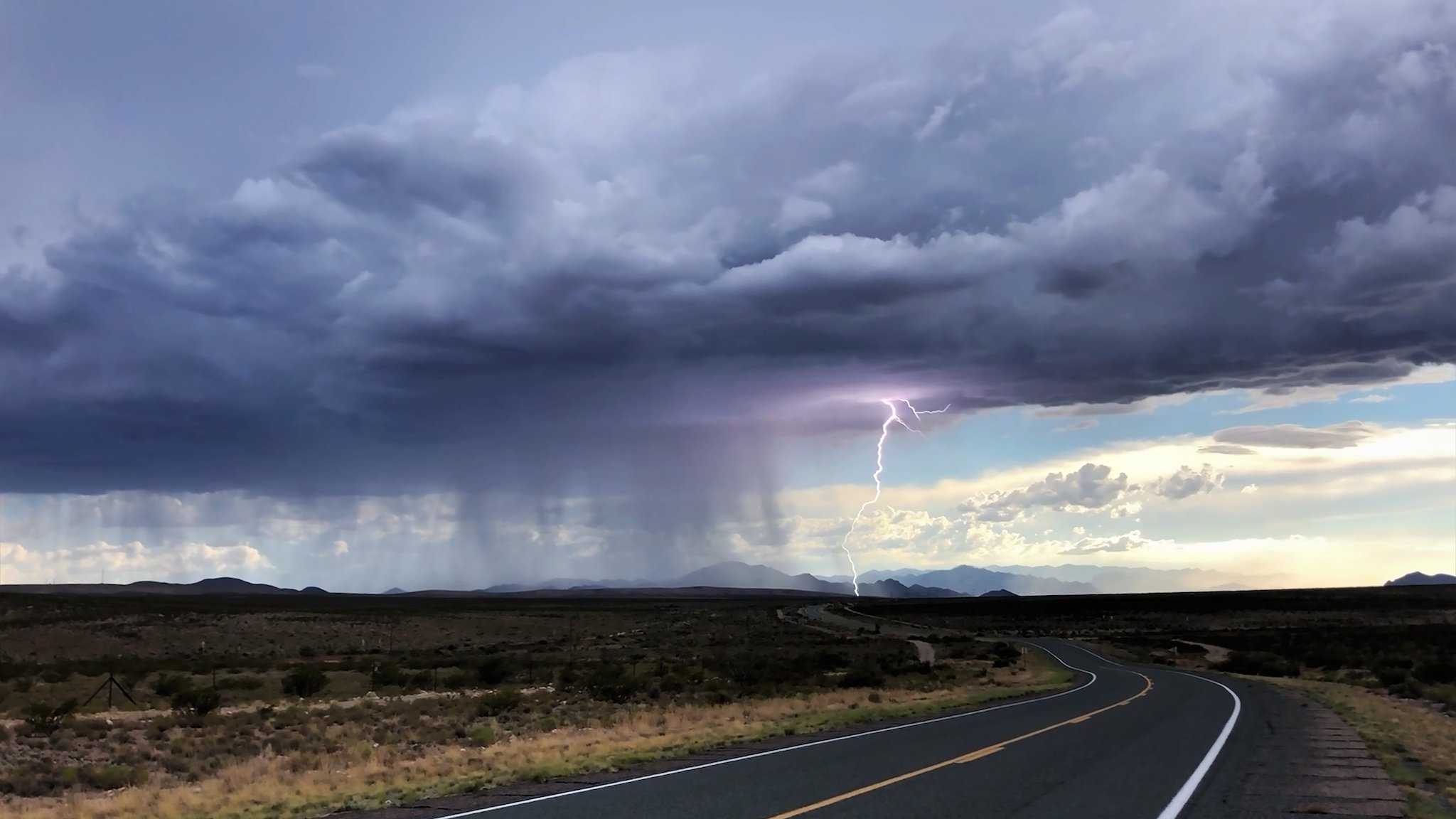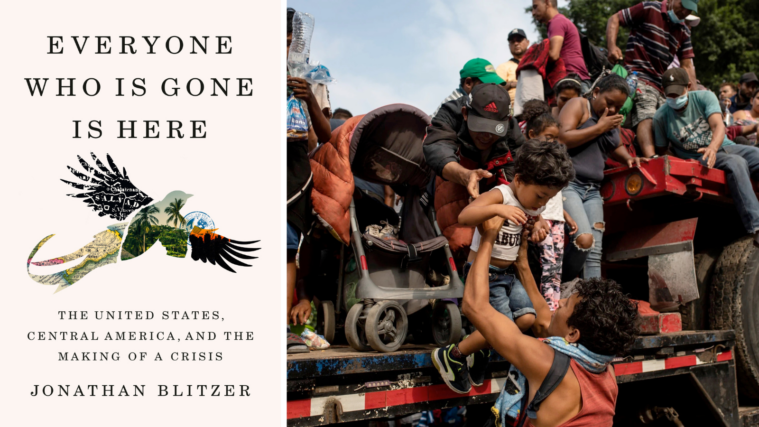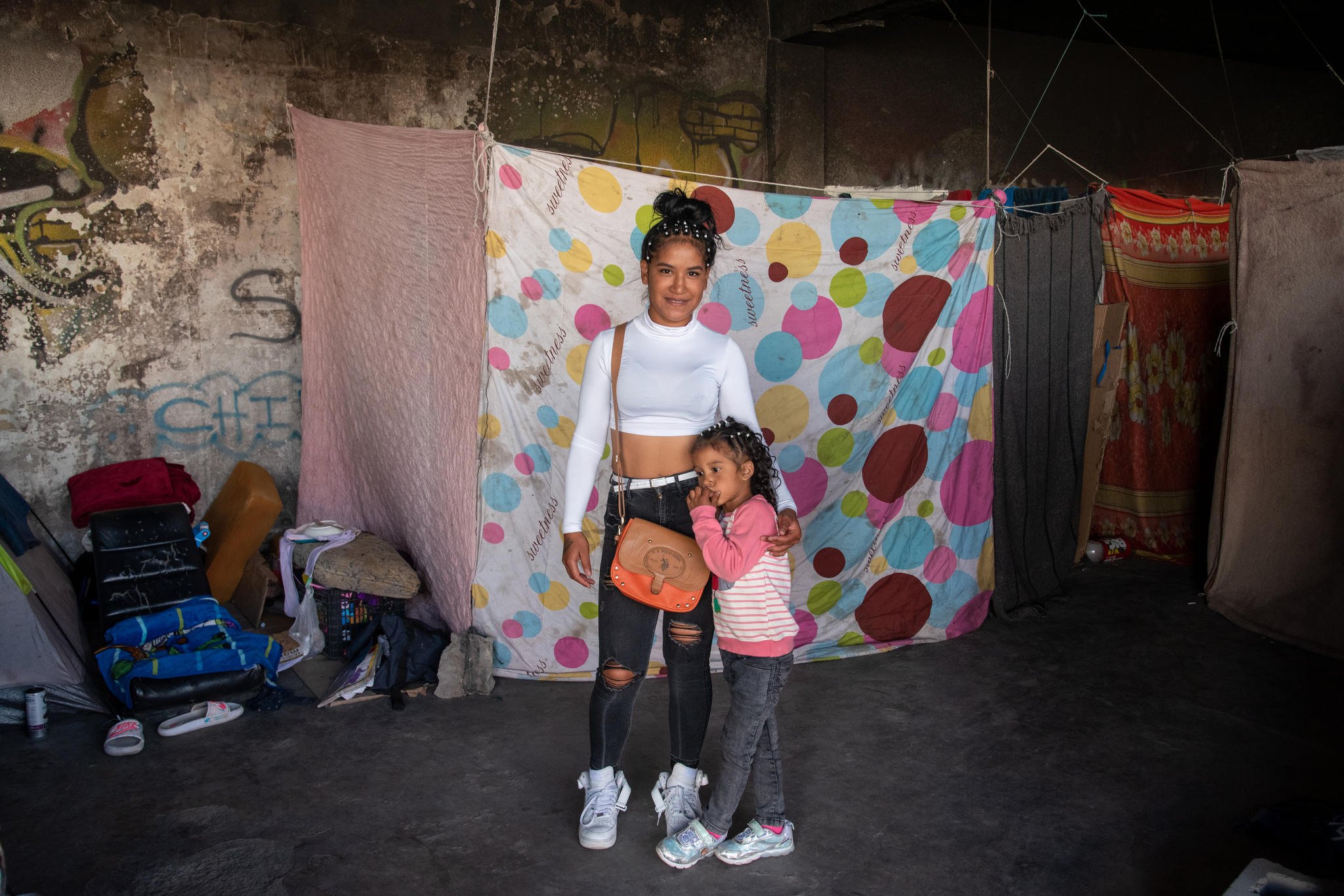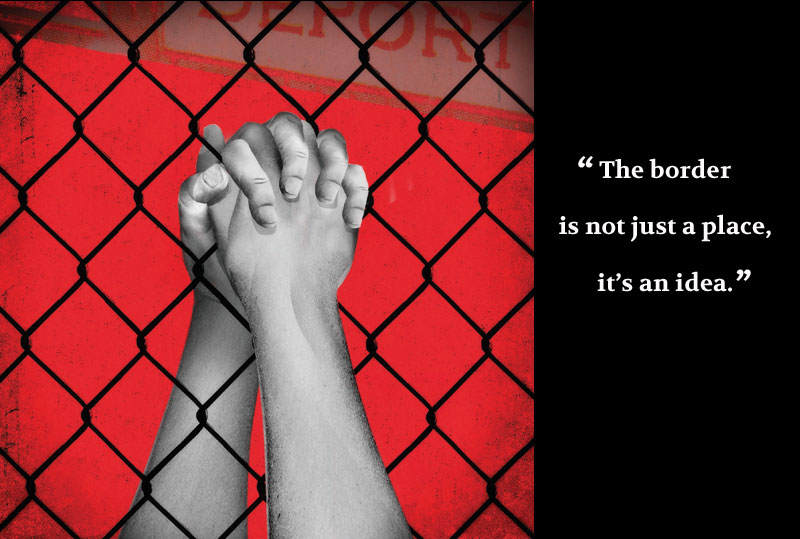
The Next 60: Living at the Edge of Change

A version of this story ran in the December 2014 issue.
Editor’s note: This essay is part of our 60th anniversary issue, which can be viewed in full here.
The border is not just a place, it’s an idea. The thought flashed across my mind as I traveled from Ciudad Juárez into El Paso, and then through Del Rio and down into the Rio Grande Valley late last year. From the highway, I observed evidence of the border idea in the signs of ambition and fear at work in remaking the border. Less obvious was the border as a place, home to millions of people charting a future within the paradox that is the border—desperately poor but highly lucrative; largely ignored while occupying a mythical place in the popular imagination.
In Ciudad Juárez, a lingering shadow from a “drug war” that implicated the dead as criminals in a climate of impunity cast a pall over El Paso, where fleeing Juarenses have injected the local economy with new energy. My more pressing worry, though, was the two-hour wait to cross the bridge into Texas. On the other side, tractor-trailers snaked down the street, backing up onto the highway. Years of government spending to deter illegal border crossings have left the infrastructure for legal crossings neglected and underserved.
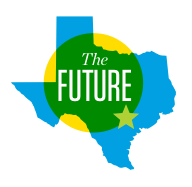
I raced to reach Del Rio before nightfall, after everyone from the gas station attendant to the folks I met in Marfa urged me on, saying herds of deer take to the highways at night. By dawn, the roadside had become a cemetery of road kill. Somewhere around Eagle Pass, a Vietnam veteran who sold me pecans warned that the trucks and trailers from fracking in the Eagle Ford Shale tear down the farm-to-market roads with little regard for traffic signs or the law. He waved me on with a warning to be careful out there.
That evening I caught a whiff of burning mesquite as I descended into Starr County in the Rio Grande Valley. State troopers roamed the highway, hunting for contraband. Cars with open trunks appeared along the highway shoulder every few miles. Drones watch over the region, helicopters swoop across the sky and armed gunboats churn down the river. Deep South Texas is marked by constant vigilance and a tinge of fear—the result of a complex mix of historical legacy that dates to the late 19th century, the potent political rhetoric of border security, and the ongoing insecurity in the state of Tamaulipas across the border.
In the coming years, the 1,243-mile expanse of the Texas-Mexico border will undergo significant population growth, increased diversity and a new era of economic activity. A new university and medical school are in the works in the Rio Grande Valley. Undoubtedly, much of the future will be built on an economy of extraction and the mobility of people. Wealthy and middle-class Mexicans have made a stake in Texas and started businesses. New coal mining is contemplated near Eagle Pass. Across the region, billions of dollars in natural gas and oil is extracted from the earth through thousands of drilling sites, the arc of the many flares visible from space.
To the east, up to six liquified natural gas terminals to process gas extracted from the Eagle Ford Shale for possible export are slated for the Brownsville area. Meanwhile, a new highway in Mexico will connect the farmlands of Sinaloa on the Pacific coast to Matamoros on the Gulf coast, spurring cross-border agricultural trade into Texas. Add to that the opening of a frontier in the sky with the rocket launch site SpaceX, the privately owned program that will position the very tip of Texas as a gateway to the heavens.
For border residents, these developments offer the promise of obtaining a higher education and finding good-paying jobs close to home, potentially stemming the “brain drain” that has long plagued the border region. Viewed from a distance, these projects reflect the border idea, where the limits of imagination and ambition are tested. “Borders are mankind’s way of measuring power. They expand and shrink, bend and break at the touch of human ambition,” declared Time magazine in 1998, soon after the doors to the border were flung open in the name of free trade.
Fear did not simply descend on the border; it resides within, born from the legacy of subjugation and brutal law enforcement.
But there is money in fear. Government policy in response to the Sept. 11 attacks sent billions of dollars to the borderlands to target immigration and border security in the form of new jobs, equipment and government grants to study security in universities. “They have made the border a battlefield,” said Guadalupe Correa-Cabrera, chair of the government department at the University of Texas at Brownsville. “This debate generates economies, it creates more demand to bring more federal funds because the border is supposedly insecure.”
In 2000 the Border Patrol operated two boats on the waterways of the southwest border. There are now 84. Some 11,863 underground sensors are embedded in the borderland where once there were few, if any, according to the U.S. Department of Homeland Security (DHS).
The drumbeat of security, though, shows no sign of abating. In September, DHS Secretary Jeh Johnson arrived in the Rio Grande Valley and announced plans to create the Southern Command, or Southcom, a military-style chain of command along the border. The move represents the department’s most significant restructuring since it was created after the 2001 attacks.
Ultimately, time and distance from Sept. 11 will usher in new attitudes toward the borderlands, says Tony Payan, director of the Mexico Center at Rice University’s Baker Institute. The border as a fear-based political weapon, he said, is making its last stand. “We are now reaching the bottom of the barrel, and I think the end of fear is near,” he said. Such shifts, Payan said, will depend on the younger generation for whom the 2001 attacks will be a distant memory, or a mention in history books. “The next generation of Americans are much more open, much more tolerant. They are tech-orientated and they see [the border] as a management of trade.”
The future that Payan invokes recognizes that the strength of the border relies, in part, on facilitating movement. Simply consider that Mexican citizens logged 72 million border crossings into Texas in 2012 and spent $4.5 billion on the Texas border, according to the Federal Reserve Bank of Dallas. This mobility also affects the fortunes of those far from the border; for example, Houston exports $110 billion in goods.
“We were told to not cause a ruckus and even respect the question: ‘Are you an American?'”
But fear did not simply descend on the border; it resides within, born from a legacy of subjugation and brutal law enforcement that marked the borderlands for decades through the land-grabbing, lynchings and extrajudicial killings that occurred well into the early 20th century. Future leadership will require a confrontation with the mental and cultural scar of fear in the region. Mission native and essayist Erasmo Guerra, whose writings about the Rio Grande Valley capture the cultural and emotional ambiance of fear, remembers a “feeling of apartheid” growing up within a power structure governed by whites and a few wealthy Latinos.
“When we would leave the border, at the checkpoint [80 miles inland], we would always be coached to respect and fear authority,” said Guerra, who now resides in California. “We were told to not cause a ruckus and even respect the question: ‘Are you an American?’”
The legacy of “border justice” and the ongoing border security rhetoric sharply influences border residents’ perceptions of safety. Despite living in communities with some of the lowest violent crime rates, 60 percent of Valley residents don’t feel safer today than they did five years ago, according to a survey by the Center for Survey Research at the University of Texas-Pan American in Edinburg.
And the perennial question posed to Latinos—are you an American?—is profoundly shaping Latino identity, augmenting a sense of fear that may determine the profile of a future Texas, its leaders and attitudes toward the border. “Most Latinos have to demonstrate, they have to show they are American,” said Payan, at the Baker Institute. “The burden of proof is on them, and what that often means is consciously or subconsciously reneging themselves and their own identity.”
Going forward, whoever claims the mantle of leadership will determine not only the direction of the state, but who benefits from its resources. By the year 2021, according to an estimate by the University of Texas at San Antonio Institute for Economic Development, drilling in the Eagle Ford Shale could result in more than 196,000 jobs and generate more than $137 billion in state revenue. Add to that the recent energy reforms in Mexico that will send Texas wildcatters across the border, making South Texas a staging ground for cross-border drilling interests.
Will the revenues be used to address the great shame of Texas—the thousands of colonias along the border where some 400,000 Texans live in conditions that are reminiscent of a Dickensian past? And if so, who are the leaders who will influence those decisions? Texas could follow the model of Alaska, where oil and gas revenues are invested and later distributed to residents. But who will press for investment? Will the communities surrounding the land that produces billions of dollars see an investment in education?
Oil money is so thoroughly ingrained in the Texas culture and economy that there is little interest in or sympathy for those who have become collateral damage in the drive for riches.
The challenges are formidable. The report, titled “Big Oil, Bad Air,” concluded that “Oil money is so thoroughly ingrained in the Texas culture and economy that there is little interest in or sympathy for those who have become collateral damage in the drive for riches.” A cultural shift will have to emerge from the communities themselves. But will it?
In October, I caught a glimpse of the enormous potential to harness the border as a home and as a powerful idea. Lucy Felix, a field organizer in the Rio Grande Valley for the National Latina Institute of Reproductive Health, told a group of Austin activists that the state’s abortion battles that had resulted in the shuttering of women’s health clinics along the border had been a blessing. Yes, the border has the highest rate of poverty in the nation, and the women there are often marginalized, and, yes, their health care is among the most dismal in the state. But, she told the beleaguered Austin crowd, in the darkest times, from the most neglected corners would come a new beginning.
“We have to feed the power. We have to feed the leadership of our communities,” Felix said, before turning to consider the future. “What are we doing to develop that power, to nurture it? We need people who will make the change in Texas, because, in reality, there is no time to cry. We need to act.”
